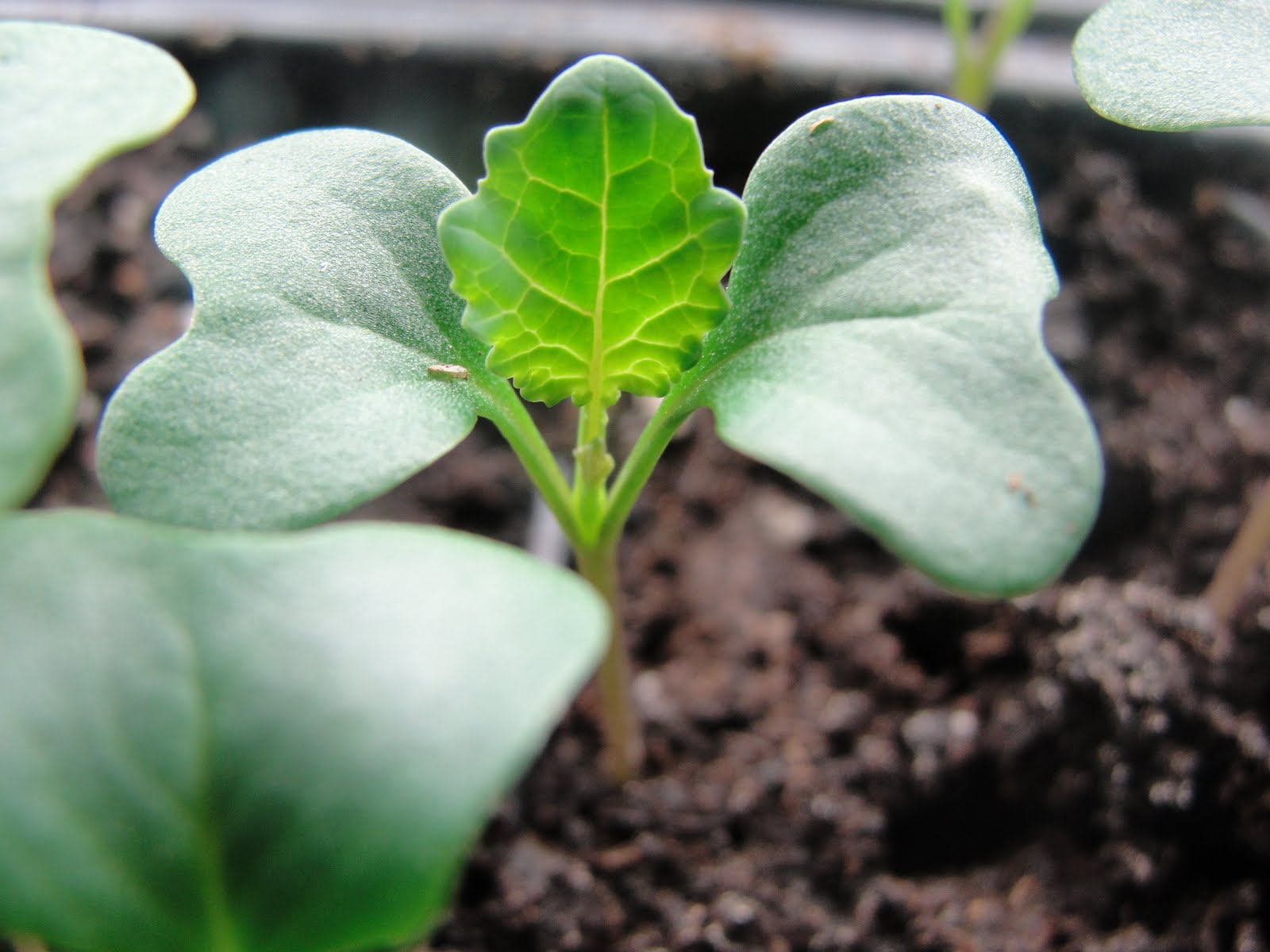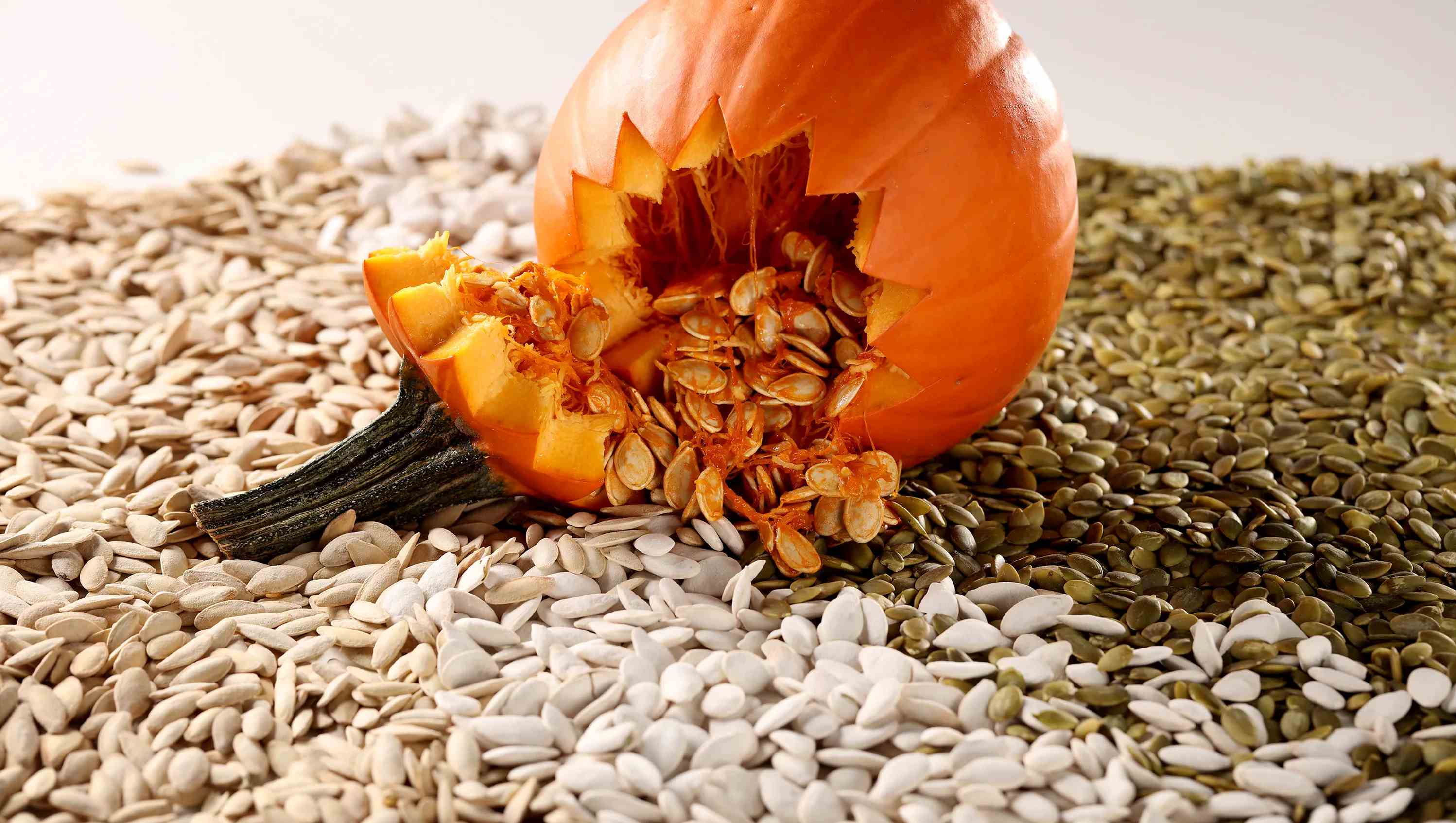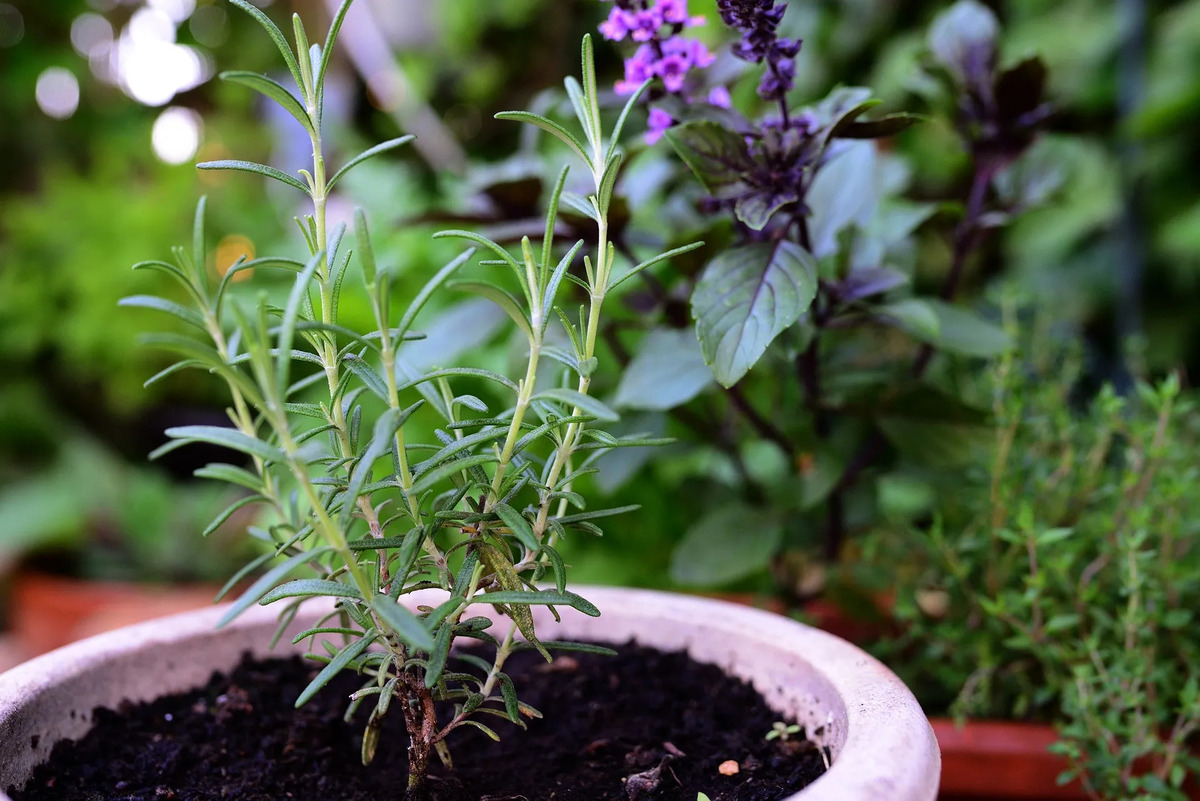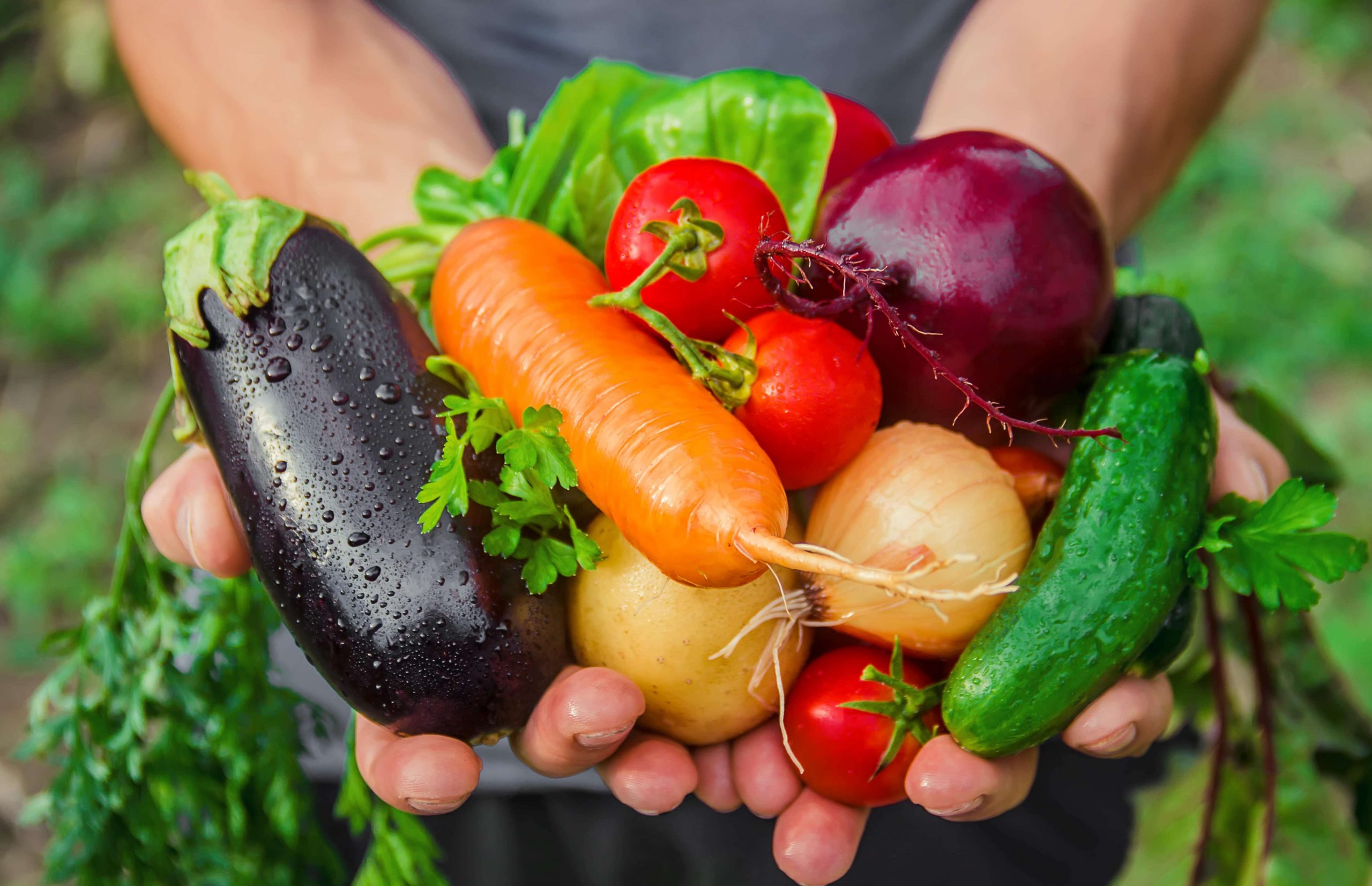Home>Types of Gardening>Edible Gardening>How To Grow Vegetables From Scraps
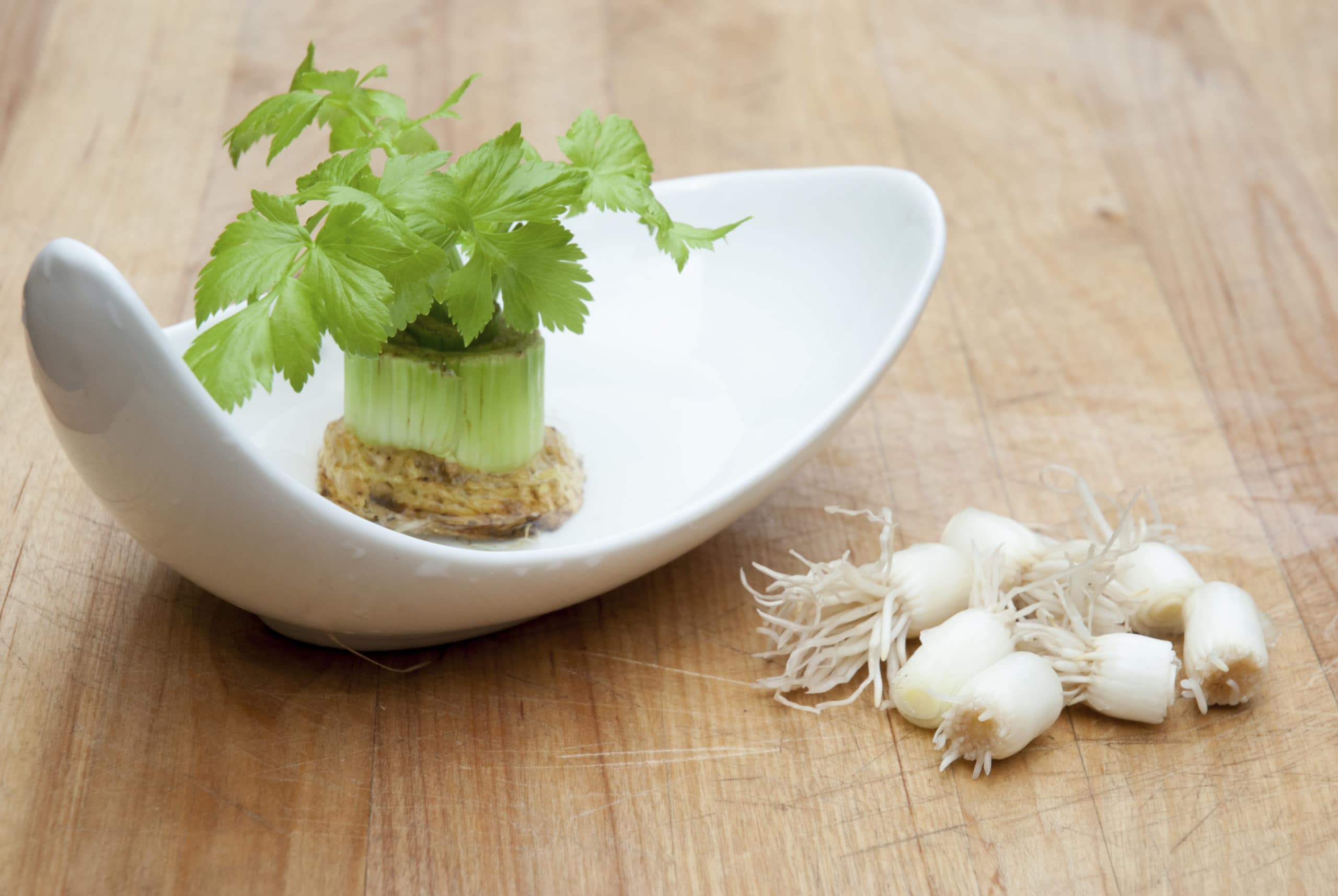

Edible Gardening
How To Grow Vegetables From Scraps
Modified: January 22, 2024
Learn the art of edible gardening and discover how to grow vegetables from scraps. Start your sustainable garden today with our step-by-step guide.
(Many of the links in this article redirect to a specific reviewed product. Your purchase of these products through affiliate links helps to generate commission for Chicagolandgardening.com, at no extra cost. Learn more)
Table of Contents
Introduction
Welcome to the world of edible gardening! Growing your own vegetables is not only a rewarding and fulfilling experience, but it also allows you to enjoy the freshest produce right from your own backyard or balcony. But did you know that you can actually grow vegetables from kitchen scraps? Yes, you heard it right! Instead of throwing away certain parts of your vegetables, you can give them a new lease on life by regrowing them into thriving plants.
Not only is regrowing vegetables from scraps a sustainable practice that reduces food waste, but it also saves you money and ensures a continuous supply of fresh, organic produce. With a little bit of patience and care, you can turn your kitchen scraps into a thriving edible garden. In this article, we will guide you through the process of choosing the right scraps, preparing them for growth, planting them, and caring for your growing vegetables.
Whether you’re a seasoned gardener or just starting out, regrowing vegetables from scraps is an accessible and fun way to connect with nature and nurture plants to maturity. So, get ready to embark on a green journey and transform your kitchen scraps into an abundant source of homegrown goodness. Let’s dive in and discover the secrets of growing vegetables from scraps!
Choosing the Right Scraps
When it comes to regrowing vegetables from scraps, not all scraps are created equal. Some vegetables are more suitable for regrowth than others. Here are a few key factors to consider when choosing the right scraps:
- Vegetables with a high regrowth success rate: Certain vegetables have a higher chance of regrowing successfully. These include popular choices like lettuce, celery, green onions, and herbs like basil and mint. These vegetables have the ability to regenerate from their cuttings and can provide a bountiful harvest.
- Healthy and fresh scraps: It is essential to choose scraps that are in good condition and free from rot or mold. Select the freshest, juiciest, and plumpest parts of the vegetable to ensure a higher chance of successful regrowth.
- Organic vegetables: Whenever possible, choose organic vegetables for regrowth. Non-organic vegetables may contain chemicals or pesticides that can hinder the regrowth process and affect the quality of the final produce.
- Choose scraps with intact stems or roots: The key to regrowing vegetables lies in their ability to develop new roots or shoots. Look for scraps that have intact stems or roots. For example, when regrowing lettuce, choose a head of lettuce with its base or root intact.
Remember, not all vegetables can be regrown from scraps. Some vegetables, like carrots, potatoes, and tomatoes, require seeds or specific propagation methods to grow. Research the specific vegetable you want to regrow to determine the optimal method.
Now that you know how to choose the right scraps for regrowing vegetables, let’s move on to the next step: preparing the scraps for growth.
Preparing the Scraps for Growth
Before you can start regrowing vegetables from scraps, it’s important to properly prepare the scraps to maximize their chances of successful growth. Here are the steps to prepare your scraps for growth:
- Trim the scraps: Start by trimming off any excess leaves or stems from the vegetable scraps. This helps the plant focus its energy on regrowth rather than maintaining unnecessary foliage.
- Submerge the scraps in water: Many vegetable scraps need to be placed in water to initiate root growth. Fill a shallow dish or container with clean water and place the scraps, cut side down, in the water. Make sure only the bottom portion of the scraps is submerged.
- Change the water regularly: To prevent bacterial growth and ensure proper oxygenation, change the water every couple of days. This helps keep the scraps healthy and encourages root development.
- Provide ample sunlight: Most vegetable scraps require adequate sunlight to grow. Place the container with the submerged scraps in a sunny location, such as a windowsill or balcony, where they can receive at least six hours of direct sunlight per day.
- Patience is key: It’s important to note that regrowing vegetables from scraps is not an overnight process. It takes time for roots and shoots to develop. Be patient and continue caring for the scraps as they grow.
Depending on the vegetable, you may start to see signs of growth within a few days to a couple of weeks. Once the roots or shoots have developed, it’s time to transfer the scraps into soil and plant them. We’ll explore the planting process in the next section.
Planting the Scraps
After preparing your vegetable scraps for growth, it’s time to plant them into soil. Follow these steps to ensure successful transplantation of your regrown vegetables:
- Choose a suitable container: Select a pot or container that provides enough space for root development. Ensure the container has drainage holes at the bottom to prevent waterlogging and promote proper airflow.
- Prepare the soil: Use a well-draining and nutrient-rich soil mix for planting. You can either purchase a pre-made potting mix or create your own by combining organic compost with perlite or vermiculite. This type of soil helps provide the necessary nutrients and moisture retention for healthy plant growth.
- Transplant the scraps: Carefully remove the vegetable scraps from the water, taking extra care not to damage any developing roots or shoots. Gently place the scraps into the soil, ensuring that the roots are covered and the shoots are slightly above the soil surface.
- Water the newly planted scraps: Once the scraps are planted, give them a good watering to settle the soil and provide initial moisture. Be careful not to overwater, as this can lead to root rot. Keep the soil consistently moist but not soaked.
- Provide the right growing conditions: Place the container in a spot that receives ample sunlight. Different vegetables have varying light requirements, so ensure you research the specific needs of the vegetable you are regrowing. Consider using a support system, such as stakes or trellises, for vining vegetables like tomatoes or beans.
As the plants continue to grow, monitor their progress and make adjustments if needed. Ensure that the soil remains moist but not waterlogged and provide occasional fertilization with a balanced organic fertilizer to promote healthy growth.
Now that you have successfully planted your vegetable scraps, it’s time to nurture your growing plants and provide them with proper care. Let’s move on to the next section: caring for the growing vegetables.
Caring for the Growing Vegetables
Once you’ve planted your vegetable scraps and they start to grow, it’s important to provide consistent care to ensure optimal development and a bountiful harvest. Here are some essential tips for caring for your growing vegetables:
- Watering: Adequate watering is crucial for the health of your plants. Check the soil moisture regularly and water when the top inch of soil feels dry. Avoid overwatering, as it can lead to root rot. Water at the base of the plant to prevent foliage diseases.
- Sunlight: Most vegetables require at least six hours of direct sunlight each day. Ensure your plants are in a location where they receive sufficient sunlight. If you’re growing indoors, consider using grow lights to supplement natural sunlight.
- Fertilization: To support healthy growth, fertilize your plants with an organic, balanced fertilizer. Follow the package instructions for application guidelines. Avoid overfertilizing, as it can lead to excessive foliage growth at the expense of fruit or vegetable production.
- Weeding: Keep the area around your growing vegetables free from weeds. Weeds compete for nutrients and can hinder the growth of your plants. Regularly inspect the area and remove any unwanted plants.
- Pest and disease control: Monitor your plants for any signs of pests or diseases. Inspect the leaves, stems, and undersides of the foliage regularly. If you notice any issues, take appropriate action, such as using organic pest control methods or seeking advice from a local gardening expert.
- Supporting vining vegetables: If you’re growing vining vegetables like tomatoes, cucumbers, or beans, provide adequate support such as trellises or stakes. This helps keep the plants upright, allows for better air circulation, and prevents fruits from touching the ground.
- Pruning: Some vegetables may benefit from pruning to encourage better growth and productivity. Remove any damaged or diseased foliage and trim back excessive growth to promote healthier development.
By providing proper care, you can help your regrown vegetables thrive, ultimately leading to a successful harvest. However, keep in mind that different vegetables have unique care requirements, so do thorough research on the specific plants you are growing.
Now that we’ve covered the essentials of caring for your growing vegetables, it’s time to reap the rewards of your efforts by learning how to harvest your homegrown produce.
Harvesting Your Homegrown Vegetables
One of the most exciting and rewarding aspects of growing your own vegetables is the joy of harvesting and enjoying the fruits of your labor. Here are some tips to ensure a successful and satisfying harvest:
- Timing: The timing of harvest depends on the specific vegetable you’re growing. Different vegetables have different maturity periods. Research the ideal time to harvest each vegetable to ensure optimal flavor and texture.
- Observation: Regularly inspect your plants for signs of readiness for harvest. Look for visual cues such as color, size, and firmness. Vegetables like tomatoes should have a vibrant color and be slightly soft to the touch, while lettuce should be harvested before it bolts and develops a bitter taste.
- Tools: Use appropriate tools for harvesting to avoid damaging the plants. For example, use pruning shears or scissors to cut leafy greens like lettuce or spinach, while tomatoes and cucumbers can be gently picked by hand.
- Harvesting Techniques: Proper harvesting techniques vary depending on the vegetable. For root vegetables like carrots or radishes, gently loosen the soil around the base of the plant and pull them out. Leafy greens can be picked by removing outer leaves or cutting the entire plant at the base.
- Continual Harvest: Some vegetables, like salads greens or herbs, can be harvested on a cut-and-come-again basis. This means you can harvest a portion of the plant, and it will continue to grow and produce more leaves for future harvests. Regularly harvest to prevent plants from becoming overgrown.
- Enjoy the Harvest: Once you’ve harvested your homegrown vegetables, savor the freshness and flavor they offer. Plan meals around your harvest and enjoy the satisfaction of knowing you grew these delicious vegetables yourself.
Remember, harvesting is an ongoing process as different vegetables reach maturity at different times. Regularly monitor your plants and continue to harvest as they become ready.
By following these guidelines, you can enjoy the delicious rewards of your edible gardening efforts and take pride in the fact that you have nurtured and grown your own vegetables from kitchen scraps.
Now that you’ve learned about harvesting your homegrown vegetables, let’s wrap things up and reflect on the fruitful journey of growing vegetables from scraps.
Conclusion
Growing vegetables from scraps is a wonderful and sustainable way to transform kitchen leftovers into a thriving edible garden. By choosing the right scraps, preparing them for growth, planting them in the soil, and providing proper care, you can enjoy the satisfaction of watching your vegetable scraps flourish into healthy, homegrown produce.
Not only does regrowing vegetables from scraps reduce food waste, but it also allows you to have a continuous supply of fresh and nutritious produce. Whether you have a backyard garden, a small balcony, or even just a sunny windowsill, you can participate in the joy of edible gardening and reap the rewards.
Throughout this article, we have discussed the importance of choosing suitable scraps, the methods for preparing them for growth, the steps involved in planting them, and the essential care required for their successful development. We have also explored the excitement of harvesting your homegrown vegetables and enjoying the flavors of your labor.
Remember, regrowing vegetables from scraps requires patience, observation, and a little bit of trial and error. Each vegetable has its own unique requirements and characteristics. By researching and understanding the specific needs of the vegetables you wish to regrow, you can increase your chances of success.
Embrace the journey of growing vegetables from scraps and marvel at the wonders of nature and the powerful potential hidden in your kitchen scraps. With determination, care, and a touch of creativity, you can turn your kitchen into a bountiful garden that provides fresh and delicious produce for you and your loved ones.
So, why not give it a try? Start saving your vegetable scraps today and embark on your own edible gardening adventure. Happy regrowing!



